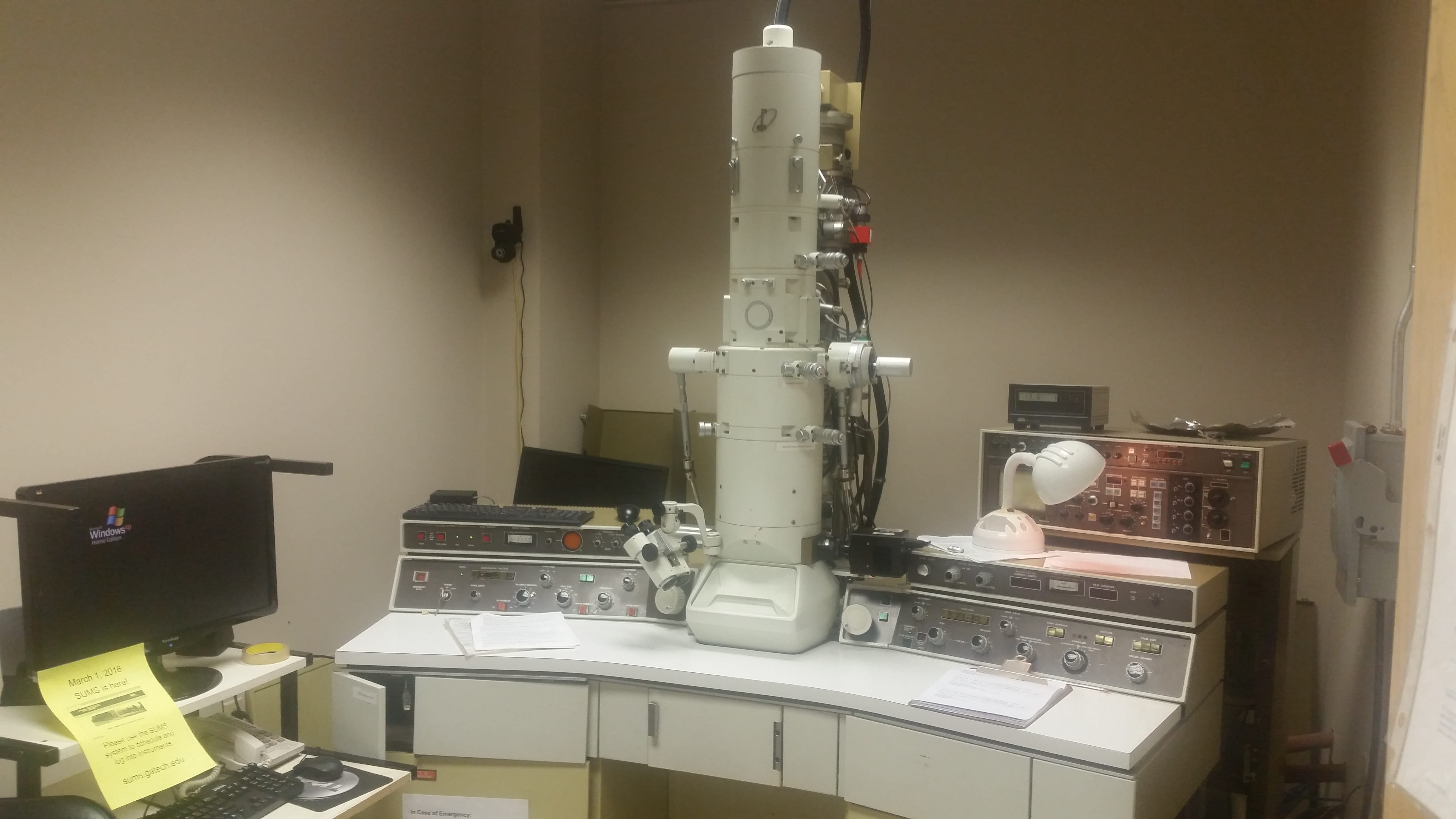MCF Technical Lecture Series:
- Thursday, December 14th 12:00 – 1:30 (NOTE TIME CORRECTION!)
- Paper Tricentennial Building Seminar Hall – Room 114
- Pizza and Drinks will be served
Scanning Transmission Electron Microscopy – Technology and Applications
C.T. (Tom) Schamp, Ph.D.
Principal Consulting Scientist
Materials Analytical Services, LLC
Suwanee, GA
The Scanning Transmission Electron Microscope (STEM) has evolved from a niche research-lab apparatus to arguably the leading electron microscopy analysis technique humanity has devised. In this presentation, I will discuss general principals of the STEM and aberration correction with an emphasis on making the concepts readily accessible. Then I will discuss examples of how the STEM is being or has been used to obtain data from nearly every conceivable signal available, including three-dimensional data.


